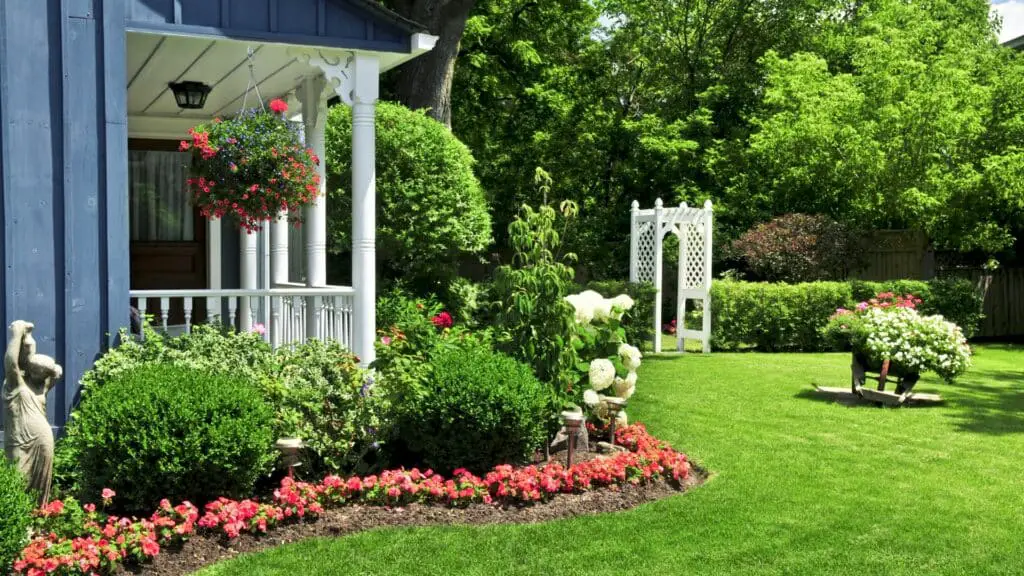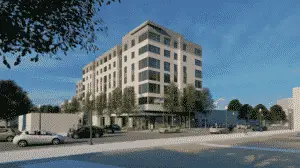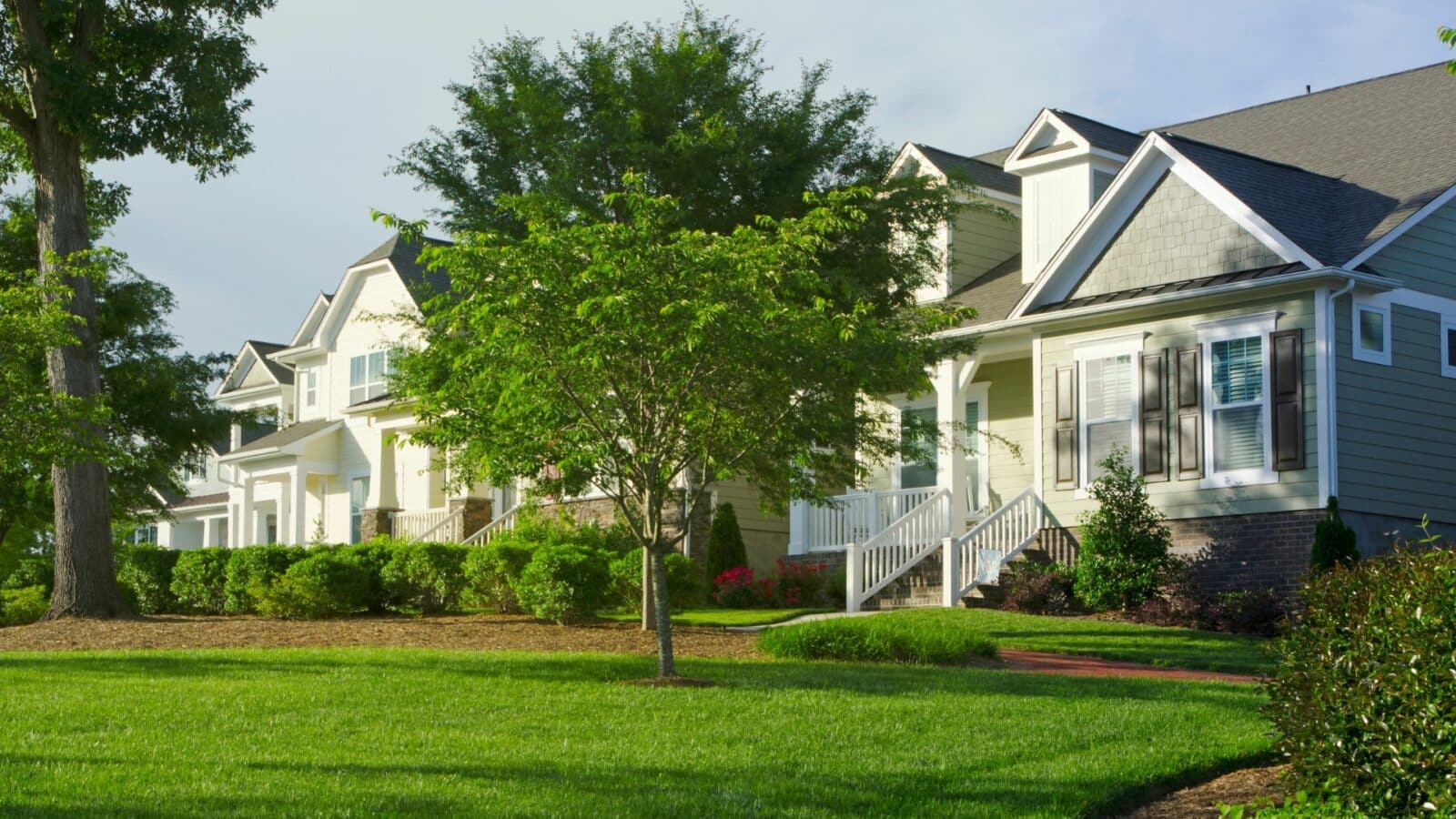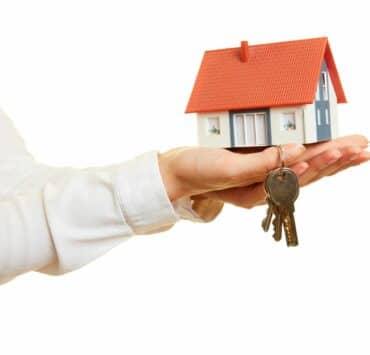In the quest to tackle housing shortages while providing homeowners a chance to earn from their unused land, Single-Family Home Yard Leasing emerges as a groundbreaking solution. This innovative approach not only promises to inject more housing units into the market but also allows property owners to tap into new revenue streams.

Imagine you’re a homeowner with a spacious backyard, contemplating transforming this unused land into something more profitable. You stumble upon two pathways. One leads you to a model where your desire for liquidity is met with ease: your portion of land is sold to a developer, turning idle grass into a thriving opportunity. The other path is more hands-on, allowing you to subdivide and develop the land yourself, maintaining its ownership.
Most homeowners, particularly those with years of memories embedded in their homes, opt for the first. It’s especially appealing for seniors, who find themselves asset-rich but cash-strapped, yearning to remain in their beloved neighborhoods with a bit more financial wiggle room. Imagine receiving a windfall of $100,000 or even $350,000, all while keeping your cherished home. This is the story of how simple divisions can lead to significant gains, offering peace of mind without the burden of debt. This is what California’s lot-splitting law is all about.
Unlocking Potential in Single-Family Home Yard Leasing
The essence of single-family home yard leasing lies in its simplicity and mutual benefit. Homeowners, particularly in areas like California facing acute housing shortages, now have the option to lease their backyard space for new housing units. This is made possible by recent legislative changes, such as Senate Bill 9, which encourages the creation of additional living spaces on single-family lots.
How Home Yard Leasing Works: A Closer Look

The process is straightforward. Companies specializing in this niche, like Build Casa, evaluate properties for potential yard leasing opportunities. They then guide homeowners through the development process, from paperwork to construction, often with no upfront costs to the homeowner. The outcome? New housing units that fit seamlessly into existing neighborhoods, boosting local housing supply.
Real-life Impact and Success Stories
For example, a homeowner with ample unused yard space partners with a company. Together, they navigate zoning laws and construction, resulting in one or more new housing units. The homeowner benefits from a substantial payout or increased property value, while the community gains much-needed housing.

A Future of Sustainable Growth
Single-Family Home Yard Leasing is not just a buzzword but a practical solution addressing both homeowners’ financial needs and the broader housing crisis. As we move forward, this model offers a blueprint for sustainable, community-focused development.
Related posts:
 Affordable Rental Provider Repays $710K to Arlington County
Affordable Rental Provider Repays $710K to Arlington County
 Reduce Your Environmental Footprint: Simple Water Conservation Tips for Your Home
Reduce Your Environmental Footprint: Simple Water Conservation Tips for Your Home
 10 Precautions to Stay Safe During a Home Renovation
10 Precautions to Stay Safe During a Home Renovation
 Surge in US Housing: A Close Look at the November 2023 Boom
Surge in US Housing: A Close Look at the November 2023 Boom
 Seattle Fort Lawton Housing Plan Revision: A New Vision for Affordable Living
Seattle Fort Lawton Housing Plan Revision: A New Vision for Affordable Living



